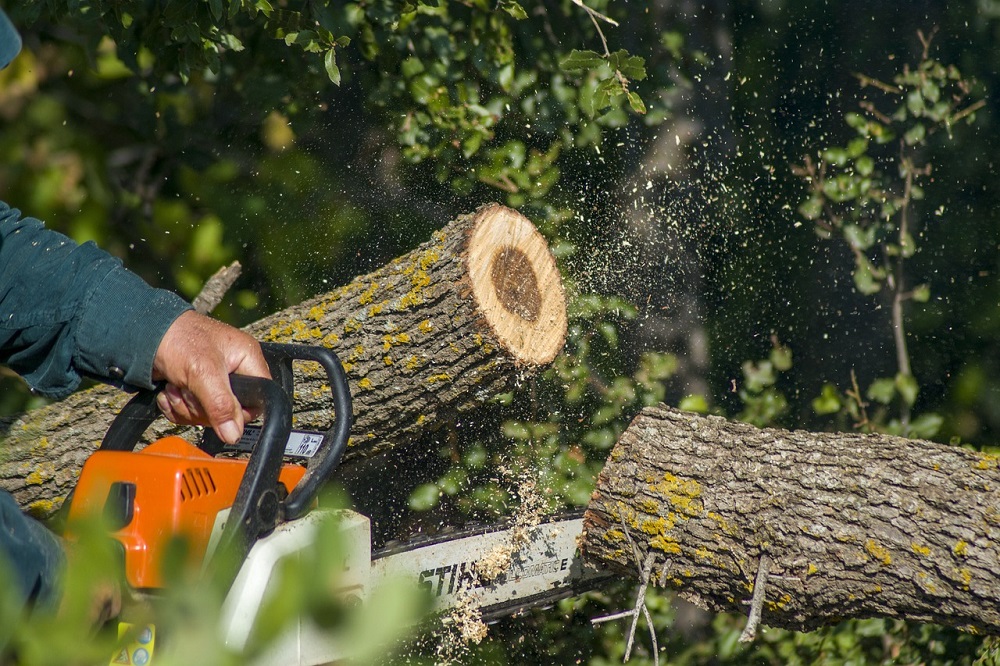The Art and Science of Tree Clearing
Tree clearing, an essential process in land management and urban development, is both an art and a science. It involves more than just the removal of trees; it’s about careful planning, understanding the environment, and implementing sustainable practices. This detailed guide dives into the practicalities of tree clearing, offering insights into its various aspects and the crucial role it plays in our ecosystems and communities.

Navigating the Legal and Professional Landscape
Before undertaking any tree clearing project, it’s imperative to understand the legal requirements and environmental guidelines. In urban areas like Sydney, professional services such as Tree Removal Sydney provide expertise in safely and legally managing tree clearing. They ensure compliance with local regulations and bring a level of precision and safety to the process.
Planning: The First Step in Tree Clearing
Effective tree clearing begins with thorough planning. This includes assessing the area, identifying which trees need to be removed, and understanding the impact on the surrounding environment. Planning also involves considering the best time for clearing, as seasonal factors can affect both the ease of removal and environmental impact.
Choosing the Right Tools and Techniques
Selecting the appropriate tools and techniques is critical for efficient and safe tree clearing. This decision is influenced by factors such as the size and type of trees, the terrain, and the proximity to structures or power lines. From chainsaws to heavy machinery, each tool plays a specific role in the clearing process.
Safety Measures: A Top Priority
Safety is paramount in tree clearing. This involves not only the safety of the workers but also the protection of nearby properties and the public. Safety measures include wearing proper protective gear, securing the area, and implementing strict protocols to prevent accidents.
Environmental Considerations in Tree Clearing
Tree clearing must be conducted with a strong emphasis on environmental conservation. This includes measures to protect wildlife, preserve native vegetation, and prevent soil erosion. It’s also important to consider the long-term ecological impact of tree clearing and to implement strategies to mitigate any negative effects.
Debris Management and Disposal
Once trees are removed, managing the debris is the next step. This involves processes like chipping, mulching, or transporting the timber to processing facilities. Efficient debris management is essential for minimizing environmental impact and for repurposing the material in a sustainable manner.
Replanting and Land Rehabilitation
In many tree clearing projects, replanting is a crucial component. This helps in restoring the ecological balance and in contributing to the sustainability of the area. Land rehabilitation efforts may also include soil restoration and the introduction of native plant species.
Understanding the Impact on Local Ecosystems
Tree clearing can significantly impact local ecosystems. It’s important to understand these effects, such as changes in habitat, alterations in water cycles, and the potential for invasive species to establish. A well-thought-out clearing plan takes these factors into account, aiming to preserve the ecological integrity of the area.
The Role of Technology in Tree Clearing
Advancements in technology have greatly improved the efficiency and safety of tree clearing. From GPS mapping to drones for aerial surveying, technology aids in precise planning and execution. It also plays a role in monitoring the environmental impact and ensuring compliance with regulations.
Community Involvement and Communication
Effective communication with the community is vital in tree clearing projects. This involves informing local residents about the purpose, process, and expected outcomes of the clearing. Community involvement can also provide valuable feedback and help in mitigating any concerns related to the project.
A Balanced and Responsible Approach
Tree clearing, when done responsibly, is a vital part of land management and development. It requires a balanced approach that considers legal requirements, safety, environmental impact, and community concerns. Through careful planning, the use of appropriate techniques, and a commitment to sustainability, tree clearing can be conducted effectively and responsibly, contributing positively to both the environment and human development. This guide aims to provide a comprehensive overview of the practicalities of tree clearing, emphasizing the importance of thoughtful and sustainable practices in this crucial field.





